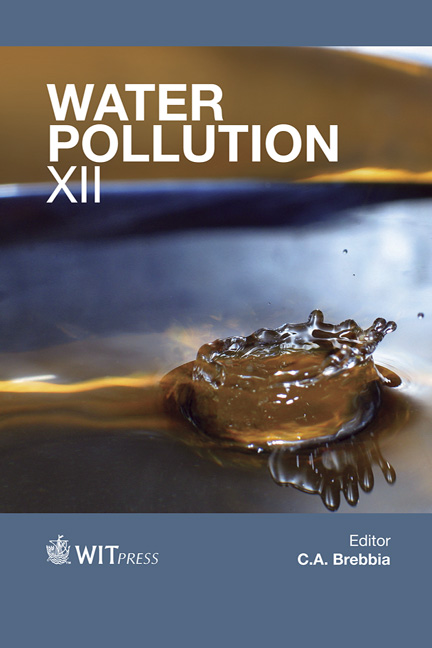Interfaces Between Traditional Urban Drainage Systems And Water Resources: Case Study – Rio Tavares And Morro Das Pedras Watersheds, Florianópolis, Brazil
Price
Free (open access)
Transaction
Volume
182
Pages
13
Published
2014
Size
1,219 kb
Paper DOI
10.2495/WP140171
Copyright
WIT Press
Author(s)
E. Pacheco & A. Finotti
Abstract
This study identified and systematized the interfaces between traditional urban drainage systems and water resources with the aim of providing decision-makers with the scientific and technical knowledge required to develop an integrated urban water management strategy. After the collection of technical documents on the sanitation infrastructure of the Rio Tavares and Morro das Pedras watersheds, in Florianópolis, Brazil, the stormwater drainage system of the region was mapped and the environmental characterization described, dividing the two basins into 6 regions for analytical purposes. The systematization of the documents resulted in a synthesis map generated by cross-checking the information regarding the current drainage system, the hydrography, and the vulnerability of the Campeche aquifer (DRASTIC and GOD methods), thus revealing the interfaces between stormwater management and surface and groundwater resources. The diagnostic phase identified the use of structural measures for the straightening and/or channelization of parts of the river. In the analyzed orthophotos, flooding points were observed downstream of the watersheds. The stormwater effluents are discharged, without any pretreatment, into the mangroves and sandbanks, or infiltrate through the drainage pipe, creating points of contaminant injection in the Campeche aquifer. This study suggests the creation of a unified database for the drainage network, hydrography and urban infrastructure, as well as the standardization of projects by means of sanitation, water resource, and stormwater management plans. Furthermore, qualitative and quantitative monitoring projects for water resources
Keywords





